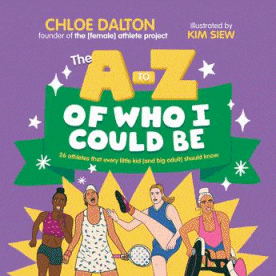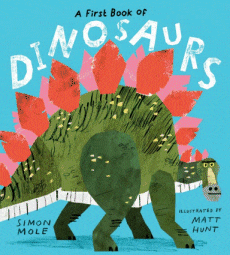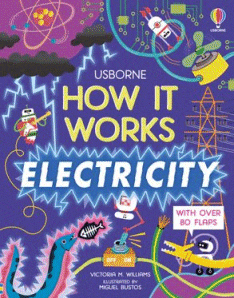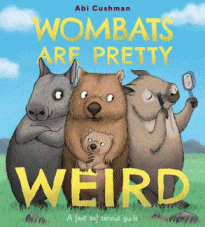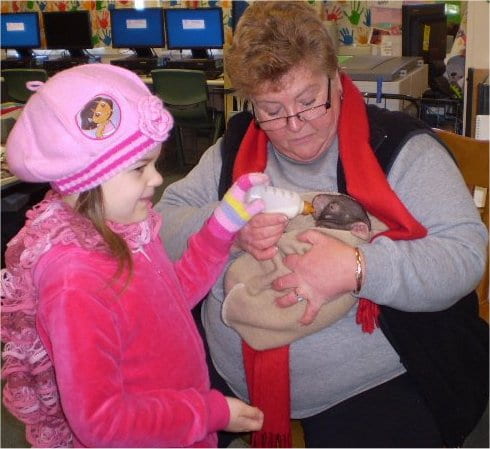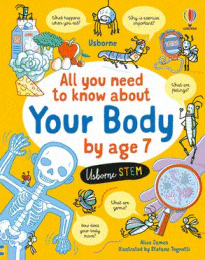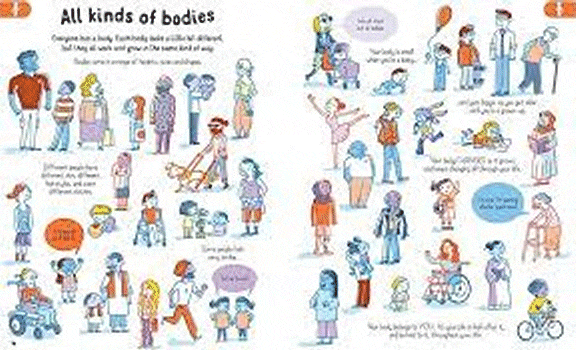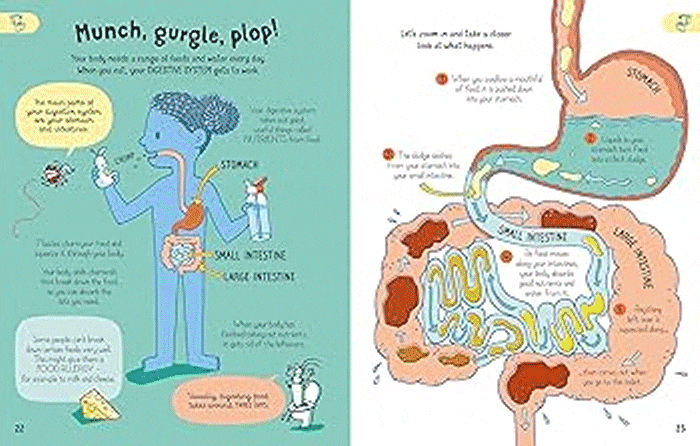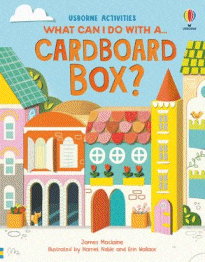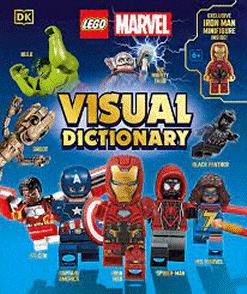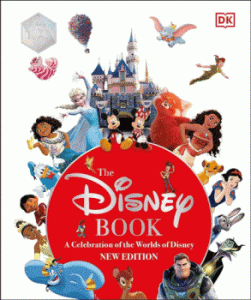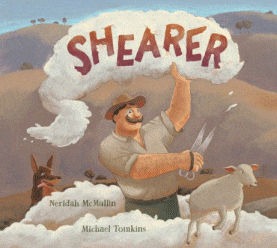
Shearer
Neridah McMullin
Michael Tomkins
Walker 2023
32pp., hbk., RRP $A26.99
9781760653163
Click go the shears, boys — click, click, click,
Wide is his blow and his hands move quick,
The ringer looks around and is beaten by a blow,
And curses the old snagger with the bare-bellied yoe.
Click Go the Shears is one of those traditional Australian songs that our children learn about the same time they learn the iconic Waltzing Matilda. But while the origins and meaning of that song are learned alongside the lyrics, what is the story behind some of the strange words and phrases in the shearing song? Surely sheep are shorn using machinery.
But before Frederick Wolseley perfected his invention of mechanical shears in 1888 – a design 25 years in the making – sheep were shorn with hand or blade shears requiring great skill and considerable strength in the hand, arm and back and then, as now, it was one of the most physically demanding jobs as far as stress to the human body according to a 2000 report by the National Occupational Health and Safety Commission.
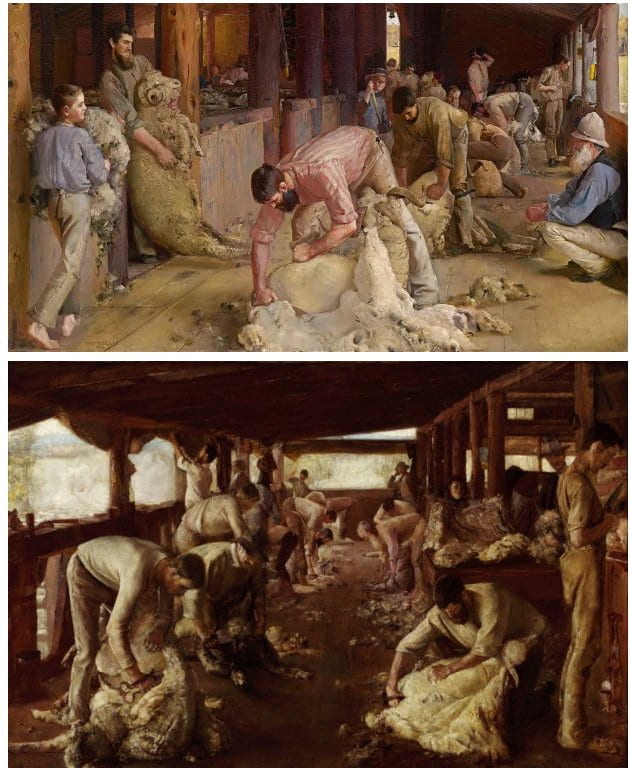
Iconic images of the 19th century shearing shed. Shearing the Rams (top) and The Golden Fleece (bottom) both by Tom Roberts.
Shearers travelled from woolshed to woolshed as wool became one of the most valuable resources of the Australian economy, particularly as gold discoveries dwindled, and among those men, was Jack Howe who had “hands the size of tennis racquets, legs like tree trunks and wrists made of steel”.
Shearer is the story of the day Howe sheared a record 321 sheep in 7 hours and 40 mins at Alice Downs Station in Blackall, using blade shears, bringing to life the story of a man still regarded as Australia’s greatest shearer and after whom, the iconic navy blue singlet of the tradie is named.
With her books Eat My Dust, and Drover and the upcoming Tearaway Coach, Neridah McMullin is becoming known for telling the stories of those who have had a significant impact on Australian life, particularly that of rural communities, and thus opening up all sorts of opportunities to explore further. Shearer continues this tradition, particularly as attendances at shows that bring the country to the city continue to break records and shearing demonstrations attract huge crowds.
For a century Australia “rode on the sheep’s back” and this book gives readers, young and older, an entry point to investigate the hows and whys of this common saying.
